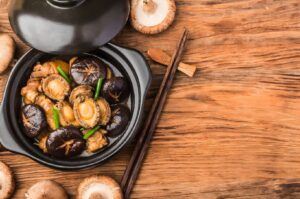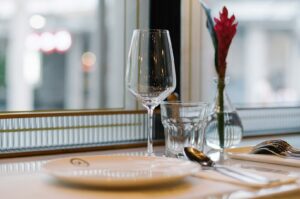A Culinary Journey Through Authentic Japanese Flavours in Singapore
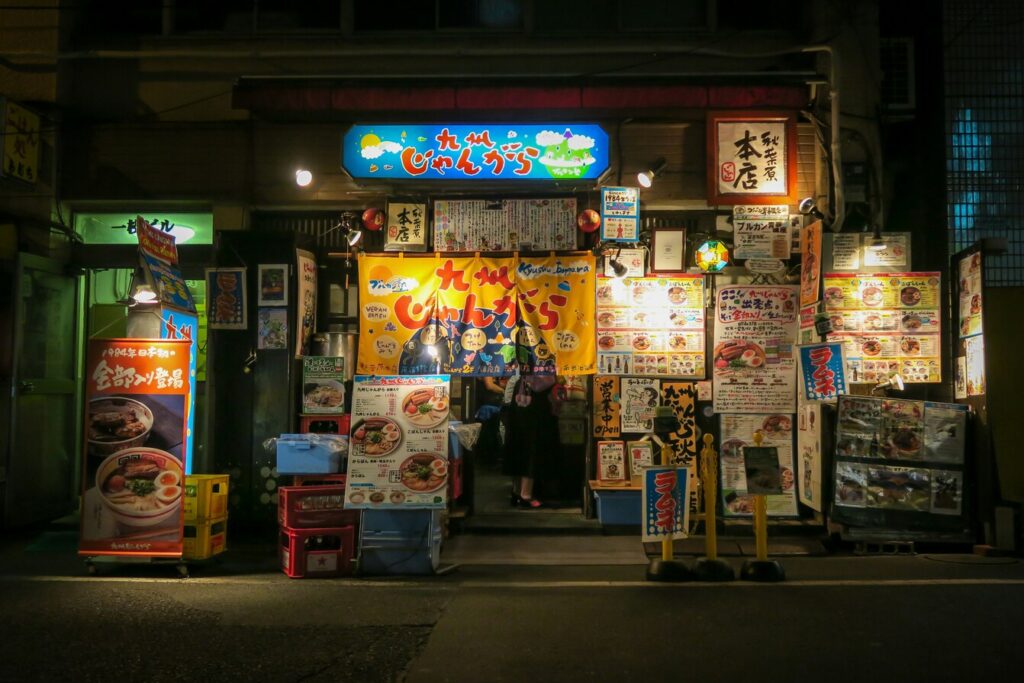
The landscape of Japanese cuisine in Singapore is a vibrant tapestry woven with precision, tradition, and innovation. For food enthusiasts, curious tourists, and local diners alike, it offers a captivating culinary journey that transports the senses to the heart of Japan. From the bustling ramen shops to serene kaiseki counters, the Lion City has become a hub for some of the most authentic and creative Japanese food outside of Tokyo. This guide will explore the richness of these flavours, honouring the long history of Japanese culinary traditions while celebrating their modern evolution in Singapore.
The Essence of Japanese Cuisine in Singapore
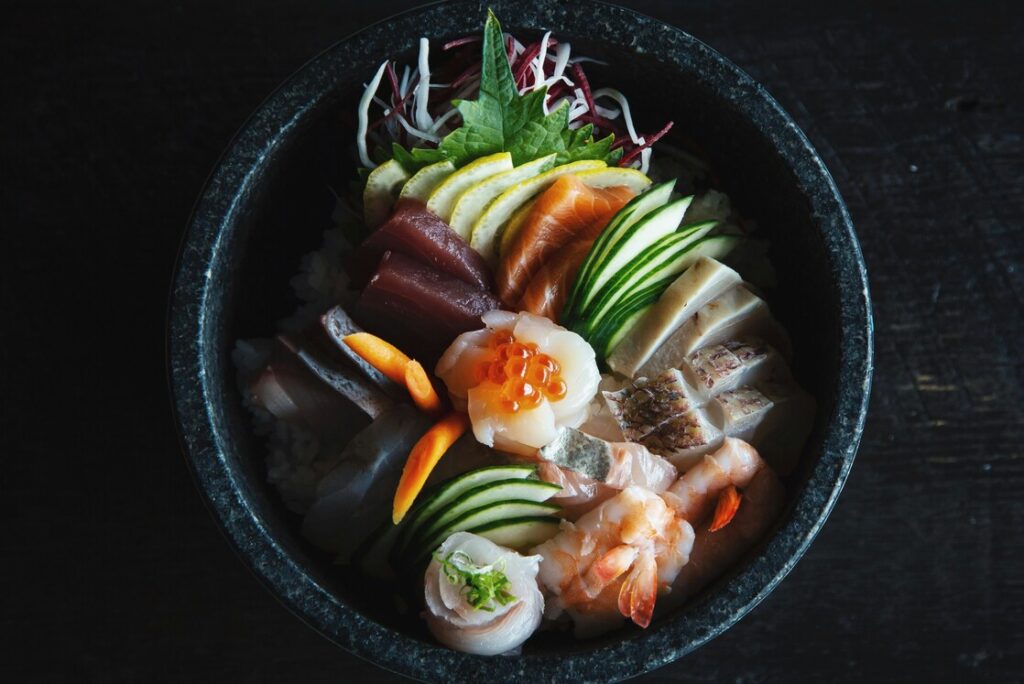
At its core, Japanese cuisine is a celebration of balance, simplicity, and the beauty of seasonal ingredients. This philosophy, known as “washoku,” emphasizes using the freshest produce to create a harmonious meal. In Singapore, this essence is preserved with remarkable dedication. The significant community of Japanese expats has helped foster a demand for authenticity, ensuring that many restaurants import premium ingredients directly from Japan. From the specific variety of Japanese rice to the freshest cuts of raw fish for sashimi, the commitment to quality is evident. Local adaptations have also emerged, creating a unique dining scene where traditional techniques meet Singaporean tastes.
Sushi – The Quintessential Japanese Dishes
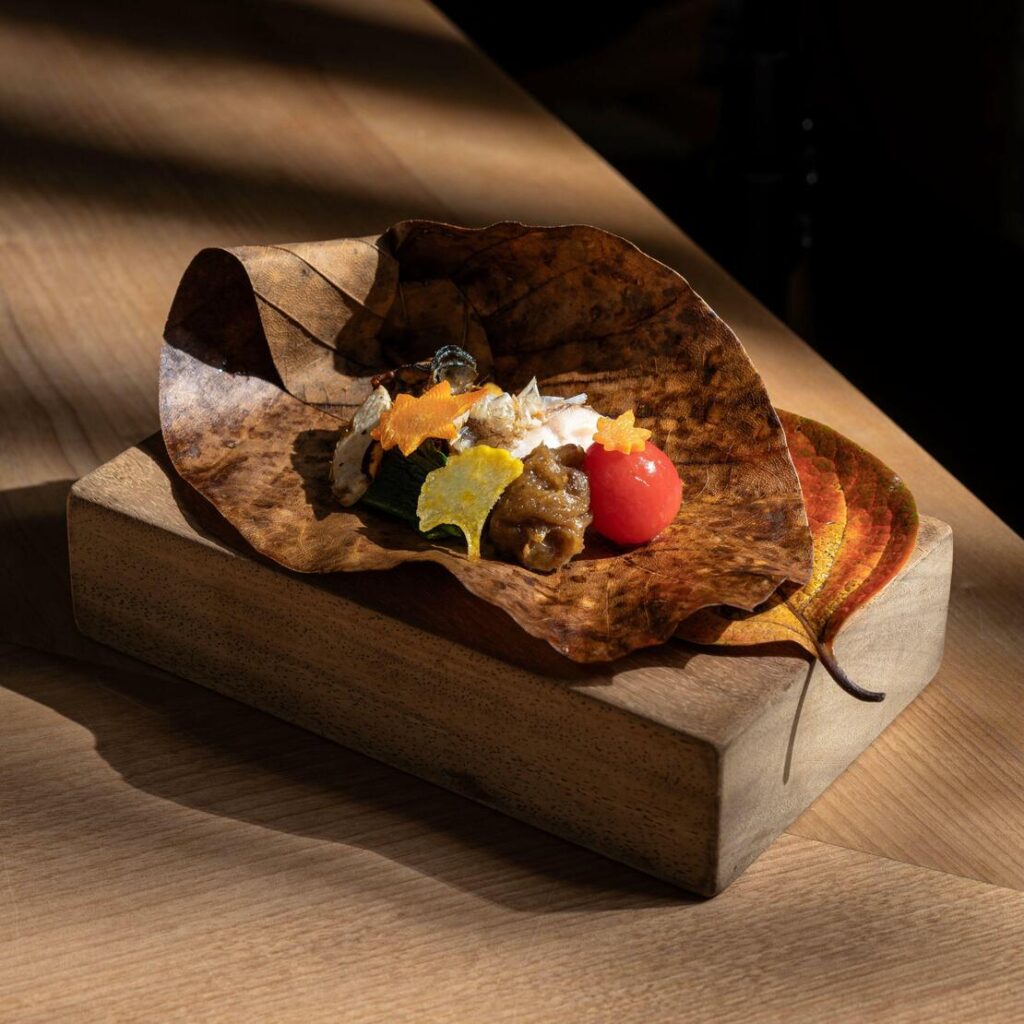
When one thinks of Japanese dishes, sushi is often the first thing that comes to mind. More than just raw fish served alongside rice, sushi is an art form. It requires years of training for chefs to master the perfect rice seasoning, the precise slicing of seafood, and the delicate balance of flavours in each bite. In Singapore, you can experience this artistry at various levels.
For an exceptional omakase dining experience, restaurants like Hashida Sushi and the two-Michelin-starred Shoukouwa offer an intimate setting where the chefs guide your meal. Diners at the table can watch as each piece is meticulously prepared. For a high-quality yet more accessible option, Sushi Masa is a popular Japanese restaurant known for its fresh ingredients and skilled preparation.
Kaiseki – A Modern Take on Traditional Japanese Cuisine
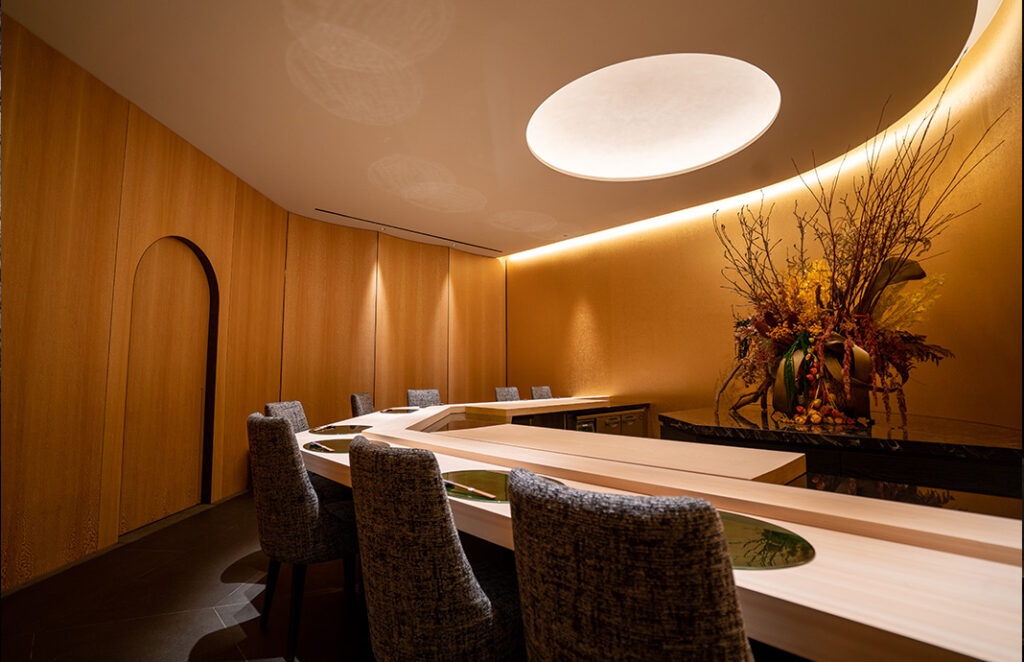
Kaiseki is the pinnacle of formal Japanese dining, a multi-course meal that tells a story through a sequence of small, intricate dishes. Each course is a work of art, designed to highlight the best seasonal ingredients using various cooking techniques. This traditional Japanese cuisine has found a sophisticated home in Singapore.
Restaurants such as Maetomo and Ushidoki Wagyu Kaiseki offer a modern take on the kaiseki experience. A typical meal might begin with a delicate appetiser, followed by sashimi, a simmered dish, a grilled main dish, and finishing with rice, miso soup, and dessert. It’s a perfect choice for special occasions, offering a refined and memorable culinary journey.
Ramen and Udon Noodles – Comfort in a Bowl
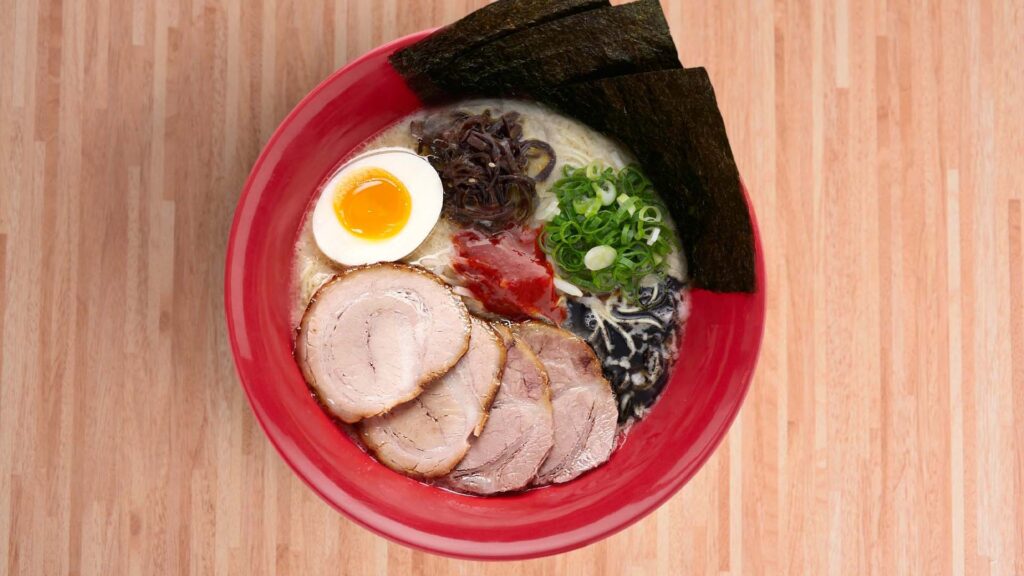
The comforting allure of a steaming bowl of noodles is universal, and Japan has perfected this with ramen and udon noodles. Ramen, with its Chinese origin, has evolved into a distinctly Japanese icon, featuring rich broths, springy noodles, and a variety of toppings like chashu pork and a soft-boiled raw egg. Udon offers a different experience with its thick, chewy noodles in a lighter, savoury broth.
Singapore is home to a thriving ramen scene. Ippudo Singapore is a global favourite, famous for its rich tonkotsu (pork bone) broth. Countless other noodle houses cater to every preference, from spicy miso ramen to simple kitsune udon topped with sweet fried tofu.
Wagyu Beef and Sanchoku Wagyu – The Pinnacle of Japanese Meat
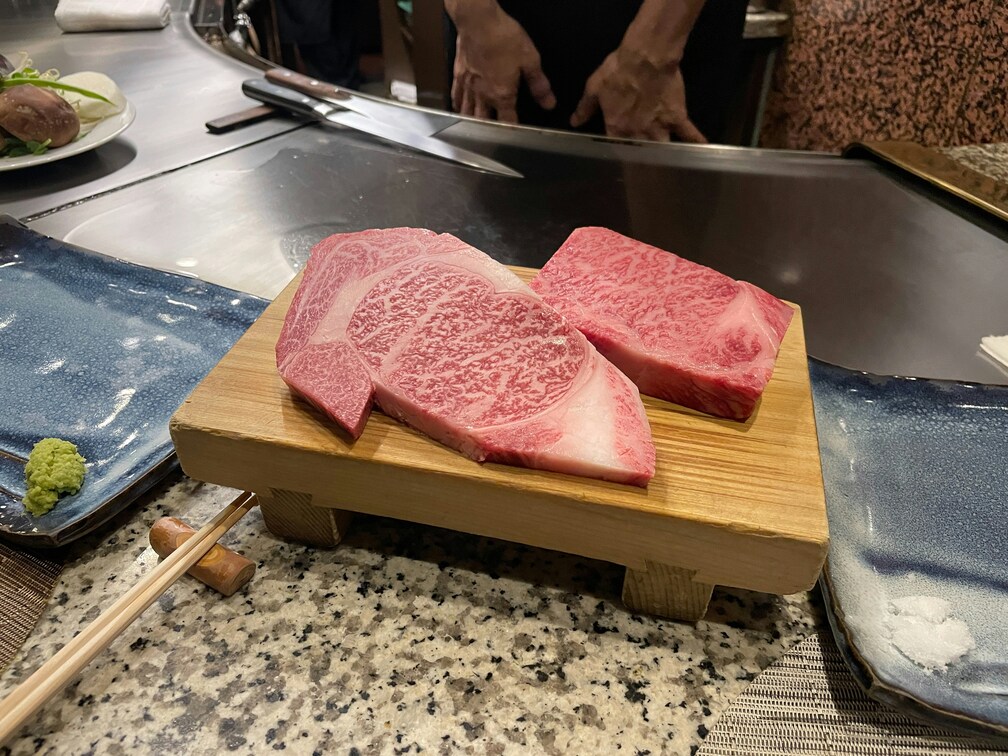
The global fascination with wagyu beef is well-deserved. Known for its intense marbling, tenderness, and rich flavour, this premium meat offers an unparalleled dining experience. Sanchoku wagyu, sourced directly from farms, represents the highest quality. In Singapore, many Japanese restaurants feature this luxurious ingredient.
Whether served as steak, in a hot pot like shabu-shabu, or as paper-thin strips of beef tongue grilled yakiniku-style, wagyu is a true indulgence. This focus on premium meat consumption demonstrates the modern evolution of the Japanese diet.
Other Dishes – From Traditional to Modern Interpretations
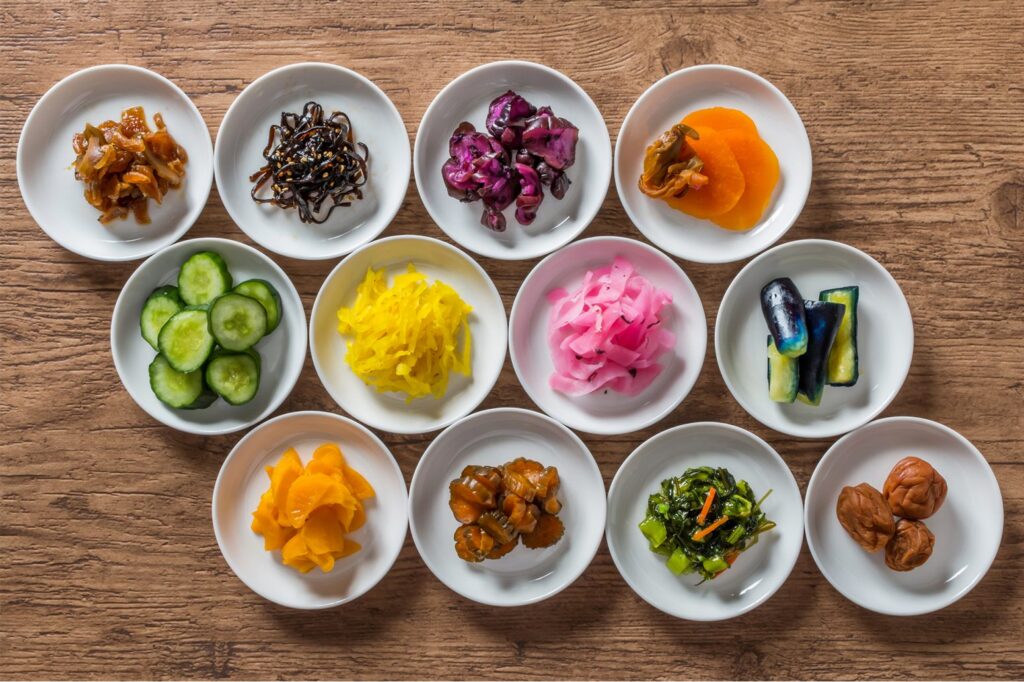
Beyond the famous staples, the world of Japanese cuisine is vast. A typical meal in Japan follows the principle of “ichiju-sansai” – one soup, three sides. This often includes a bowl of miso soup, steamed Japanese rice, and a main dish of fish or meat, accompanied by pickled vegetables (tsukemono) and other side dishes. Vegetables cooked in dashi broth (nimono) are also a common and comforting part of the meal. Modern interpretations in Singapore see chefs creatively blending these traditional elements into their menus.
Traditional Japanese Food – Honouring History and Culture
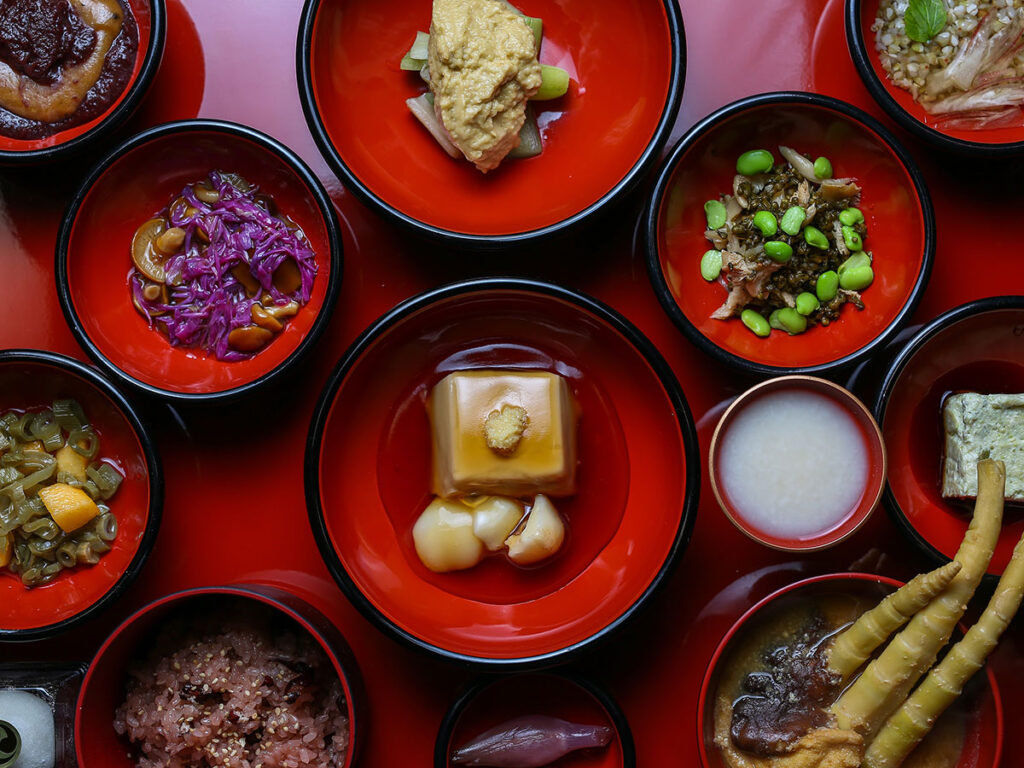
The long history of Japanese culinary traditions is deeply respected in Singapore. Traditional techniques such as steaming, grilling, simmering, and slicing are fundamental to Japanese cooking. These methods are designed to enhance, not mask, the natural flavour of the ingredients. The influence of Buddhist monks on the development of vegetarian cuisine (shojin ryori) also continues to inspire plant-based dishes today. Every dish tells a story of heritage and respect for nature.
Japanese Food Culture – Seasonal Ingredients and Dining Etiquette
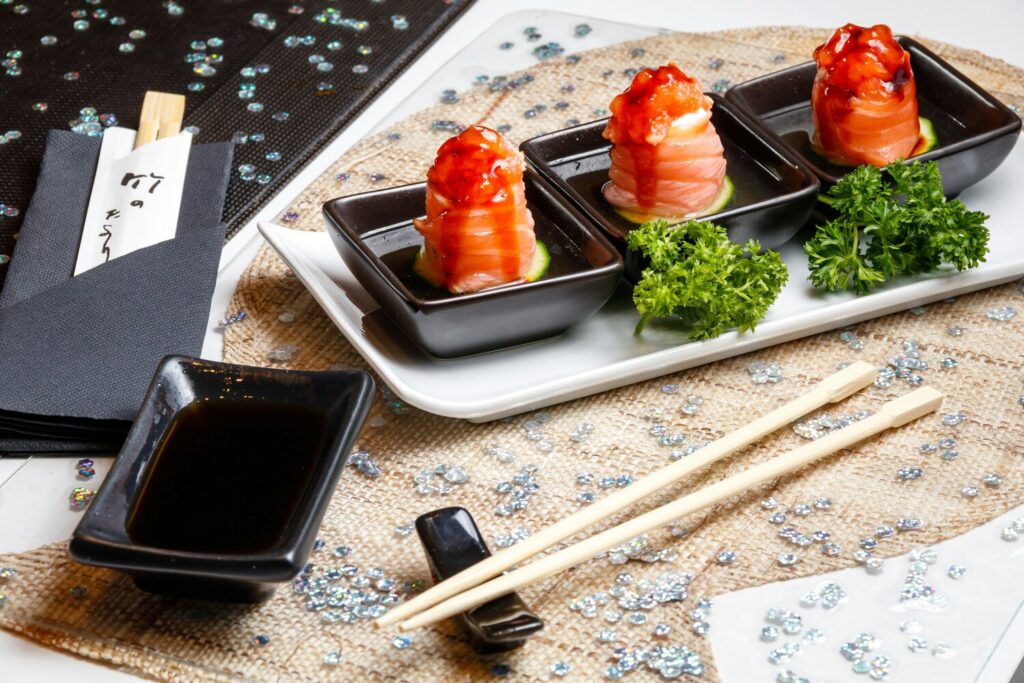
Japanese food culture is profoundly connected to the seasons. Chefs take great pride in using seasonal ingredients at their peak freshness, a practice that defines the menu in any authentic Japanese restaurant. Dining etiquette is also an important part of the dining experience. While sharing dishes is common, it is polite to move food from a communal plate to your own before you eat. A meal is often served alongside rice, and it’s customary to finish everything on your plate as a sign of respect.
Dining Experience in a Japanese Restaurant in Singapore
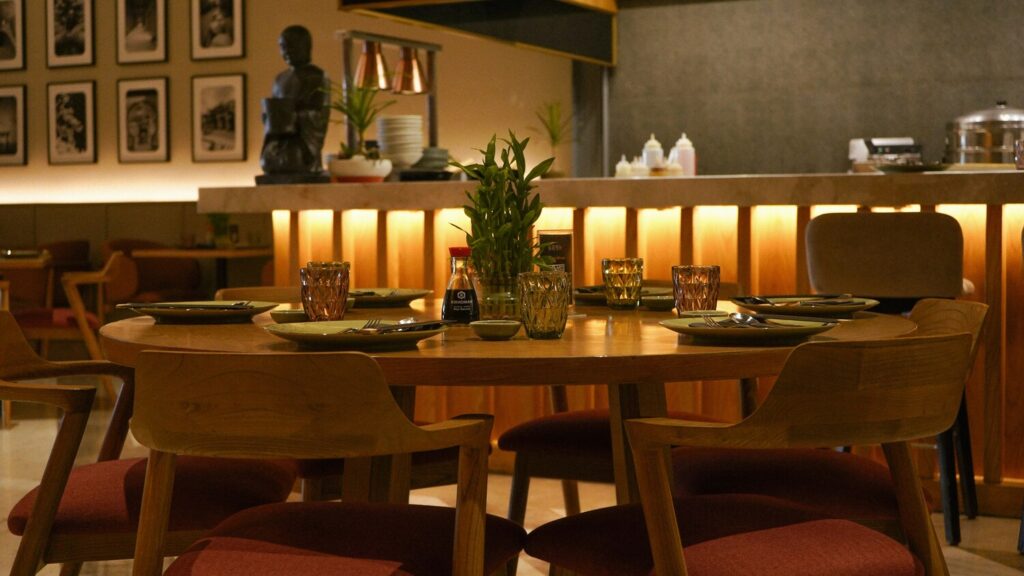
The dining experience in a Japanese restaurant in Singapore is often as memorable as the food itself. From the warm “Irasshaimase!” greeting to the impeccable service and minimalist decor, attention to detail is paramount. The presentation of each dish is a form of artistry, designed to appeal to all the senses. The precision and passion of Japanese chefs are evident in every aspect of the meal, from the arrangement of sashimi on a plate to the final garnish.
Modern Japanese Cooking in Singapore
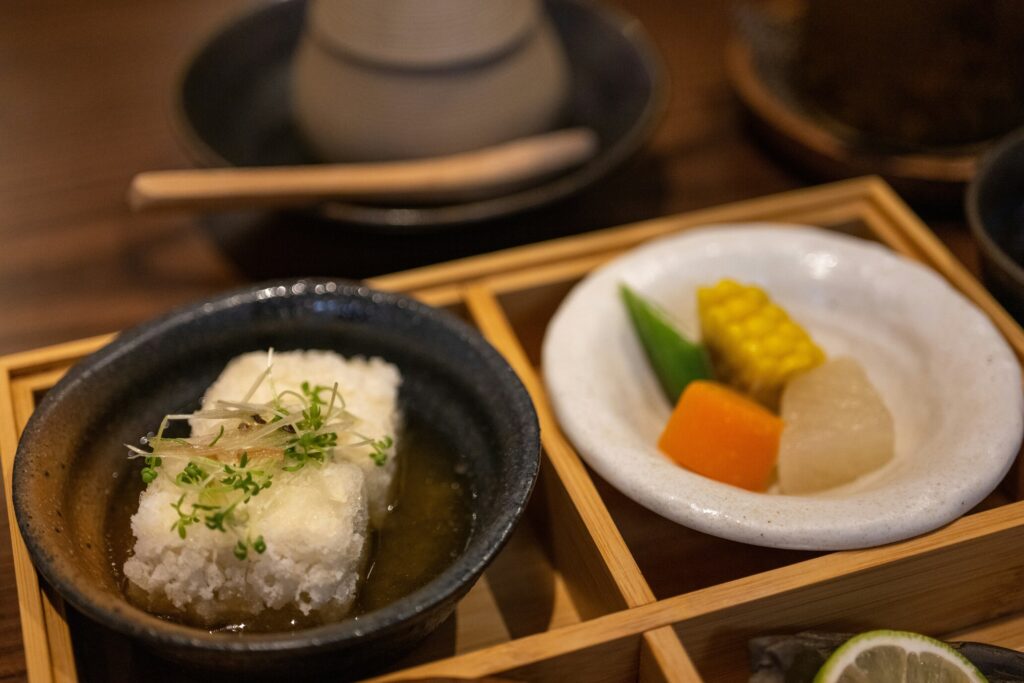
While tradition is revered, modern Japanese cooking in Singapore is dynamic and exciting. Chefs are pushing boundaries, creating fusion dishes that blend Japanese techniques with global influences. You might find a dish incorporating local spices or French culinary methods, giving new life to traditional Japanese food. This innovative spirit ensures that the Japanese dining scene remains fresh and relevant.
Japanese Culinary Traditions and Long History
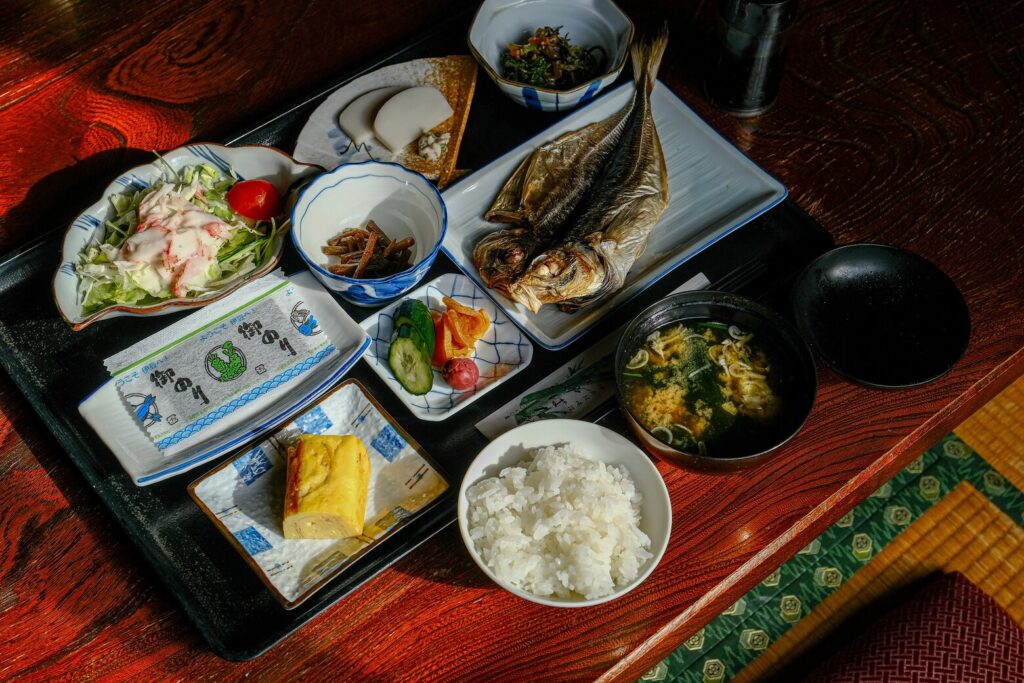
The Japanese culinary traditions we enjoy today are the result of centuries of refinement. Influences from China introduced elements like soy sauce and noodles, while the country’s geography fostered a deep connection to seafood. This long history is preserved in Singapore by chefs who have dedicated their lives to mastering this complex cuisine. This dedication to authenticity and quality is what makes the Japanese food culture here so special.
Savour the Best of Japanese Cuisine in Singapore

Exploring Japanese cuisine in Singapore is a rich and rewarding adventure. From the refined elegance of a kaiseki menu to the simple comfort of a bowl of ramen, there is a dish for every palate and occasion. The city’s diverse range of restaurants ensures that you can find an authentic Japanese meal that fits any total bill.
We invite you to embark on your own culinary journey. Visit a traditional sushi counter, try a seasonal kaiseki menu, or discover a hidden gem for udon noodles.What are your favourite Japanese dishes or restaurants in Singapore? Share your experiences and recommendations in the comments below